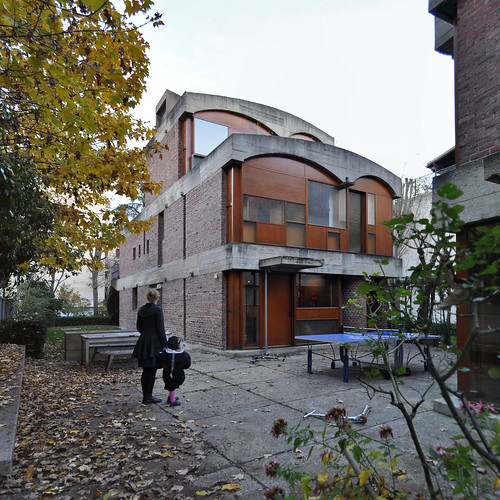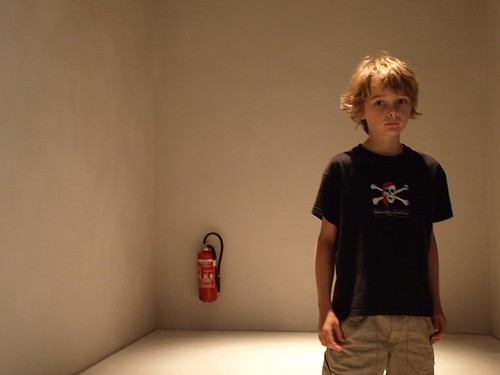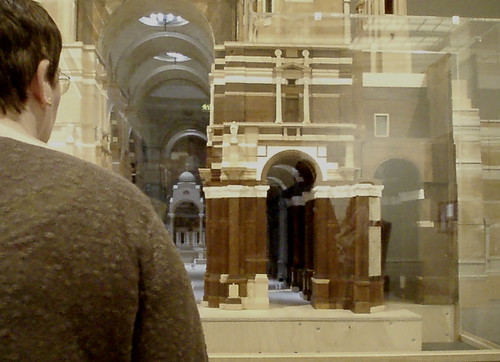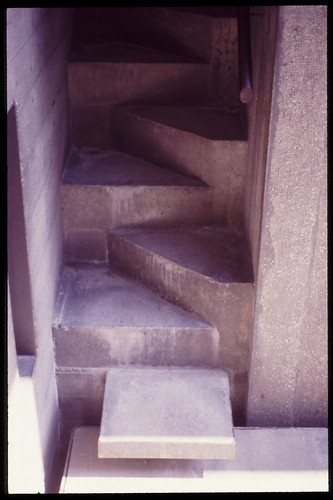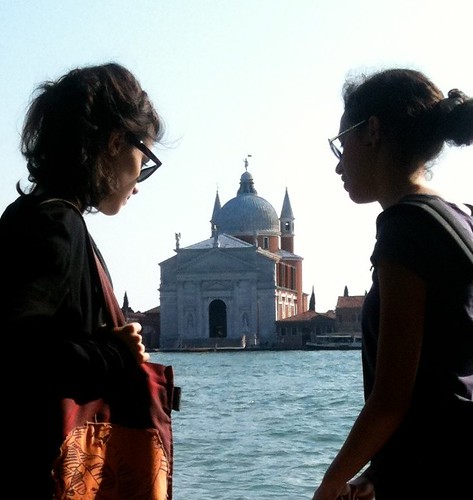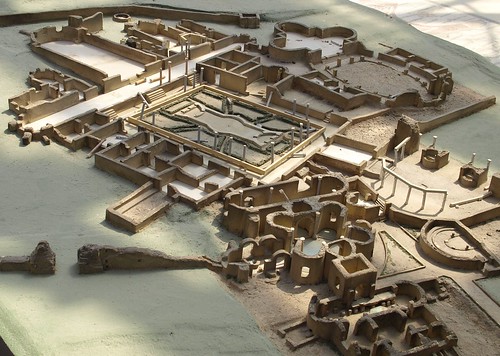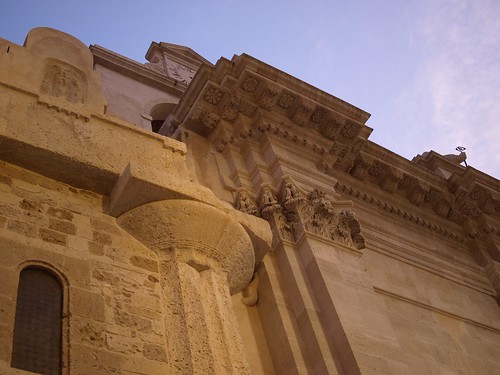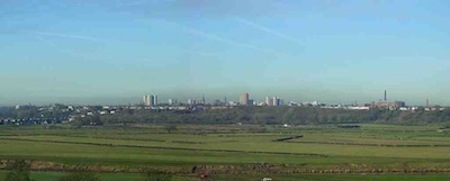
On the Industrial Ruins
Over the last forty years the western world has witnessed massive social and economic restructuring. The old heavy industries, upon which our society was constructed, have collapsed. Countries such as the UK and Spain, once the workshops of the world, are now reliant upon the new service and information-technology industries. The urban areas within these countries contain a vast wealth of memory and experience. We need humility in the face of such grandeur of industrial legacy if we are to construct new elements in these neglected areas. Within the cities of the industrial revolution a new form of spatial production is needed to invest the dying urban patterns and decaying fabric with meaning.
 At this important juncture, we need to understand the nature of human interaction, the consequences of cross-disciplinary communication and experiences, and the affect that this has upon events and environments. The blurring of boundaries between different activities, subjects and the level of interaction starting to be developed between specialities means that old ideas of space, form and use are now being questioned. This means that concepts that would have sounded barmy forty years ago have become common practice. Massive advances in technology have facilitated this, and at the beginning of the second decade of the twenty-first century, our pluralistic both/and society is now in a position to understand and take advantage of the consequences of this. The manner in which most people now operate encourages them to actively embrace mobile technology. Wireless systems mean that we are no longer constrained by cables and sockets and big, deep pieces of machinery. This will allow us to further rethink the urban, the working, and the domestic environment; environments in which technology will propose itself as the architect of our intimacies.
 Buildings outlast civilisations
Continuity in Architecture will run two projects both in post-industrial cities. Each city has approached the problem of how to transform the unban environment to accommodate the needs of the twenty-first century population in a different manner. We will examine the qualities and character of the places before making design proposals.
     Â
   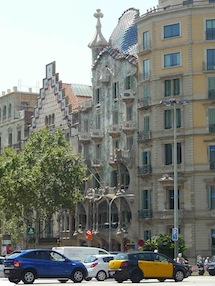
 Coketown
It was a town of red brick, or of brick that would have been red if the smoke and ashes had allowed it; but as matters stood, it was a town of unnatural red and black like the painted face of a savage. It was a town of machinery and tall chimneys, out of which interminable serpents of smoke trailed themselves for ever and ever, and never got uncoiled. It had a black canal in it, and a river that ran purple with ill-smelling dye, and vast piles of building full of windows where there was a rattling and a trembling all day long, and where the piston of the steam-engine worked monotonously up and down, like the head of an elephant in a state of melancholy madness. It contained several large streets all very like one another, and many small streets still more like one another, inhabited by people equally like one another, who all went in and out at the same hours, with the same sound upon the same pavements, to do the same work, and to whom every day was the same as yesterday and to-morrow, and every year the counterpart of the last and the next.
(Charles Dickens, Coketown)
Â
Blind with Love for a Language
The prospects of the Barcelonese worker remained the same throughout the nineteenth century: grinding, brutish, and without much hope of change. Statistics altered and demographic shifts were seen: for instance, the more machines were used in the mills, the more demand there was for women to run them, since machinery did not require as much physical strength, and women could be paid less. But the vile calculus of human misery was unaltered… They lived cramped in garrets and basements, without heat or light or air. Midcentury Barcelona made Dickensian London look almost tolerable; Cerda` found that its population density was about 350 people per acre, twice that of Paris, and that workers had a living space of about ninety square feet per person.
(Robert Hughes, Barcelona)

